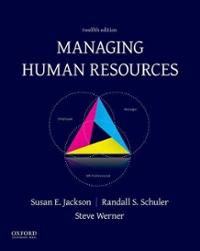Question
The Littlewood's Rule indicates that the optimal protection level is determined by only three information: the low/high fare ratio,the high price demand mean, and the
The Littlewood's Rule indicates that the optimal protection level is determined by only three information: the low/high fare ratio,the high price demand mean, and the high price demand volatility (e.g., standard deviation). The table below is from the PPT file's "Littlewood Excel Example," where we calcuate the optimal protection levelsy* using the Excel function =norminv(1-pd/pf, high price demand mean , high price demand standard deviation). Please answer the following questions based on the patterns you observed from the table.
2. When the fare ratio decreases from 0.6 to 0.4, what does it mean for the relationship between the two prices?
3. When the fare ratio decreases from 0.6 to 0.4, how does y* change? What does it mean in terms of the capacity allocation?
4. When the high price demand standard deviation decreases (from 100 to 40), the range of y* becomes smaller (45~95 => 60~80) and converge towards the high price demand mean of 70. What is the reason for this to happen? Explain this conceptually based your understanding of the Littlewood's Rule equation and normal distribution. No calculation needed. This might be a challenging question. Do your best. I will explain this after the due date.
Step by Step Solution
There are 3 Steps involved in it
Step: 1

Get Instant Access to Expert-Tailored Solutions
See step-by-step solutions with expert insights and AI powered tools for academic success
Step: 2

Step: 3

Ace Your Homework with AI
Get the answers you need in no time with our AI-driven, step-by-step assistance
Get Started


